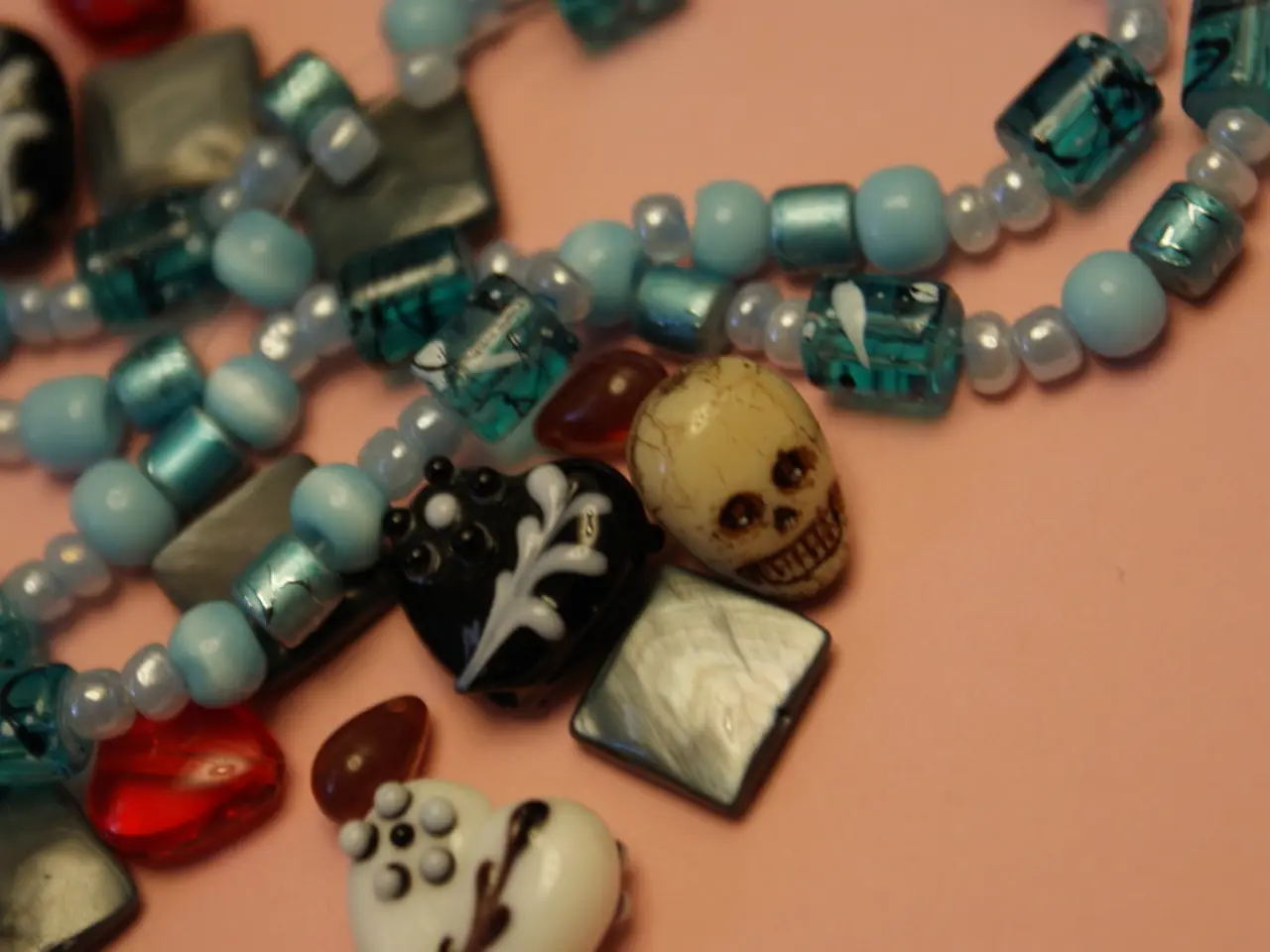Historical and Design Insights of Cushion-Cut Diamonds: Characteristics, Advantages, and Maintenance Tips
The cushion cut diamond, a timeless gemstone that first emerged in the early 19th century, has played a significant role in shaping modern gemstone cutting techniques. This classic cut, characterised by its soft, rounded square shape, has left an indelible mark on the world of diamond cutting, influencing the transition from early, more primitive cuts to the highly precise, brilliance-focused cuts we see today.
Originally known as the "old mine cut," the cushion cut was a popular choice during the Georgian and Victorian eras, harmonising well with the ornate jewelry styles of the time. Its unique faceting pattern was designed to maximise sparkle under candlelight, producing a warm, glowing appearance. While this light performance may not meet today's standards for maximum brilliance, it was a revolutionary step in diamond cutting at the time.
As diamond cutting tools and techniques advanced, particularly with the invention of the bruting machine in 1874, cutters gained the ability to create rounder, more symmetrical shapes and greater scintillation. This led to the development of the old European cut, a direct descendant of the cushion-shaped old mine cut, which incorporated more facets (typically 58) and visible culets to increase light reflection and fire.
The cushion cut's influence is evident in the focus on pavilion-based design and facet optimisation that emerged across diamond cutting in the 17th through 19th centuries. For example, the Peruzzi cut, another cushion-shaped cut from the 1700s, inspired the old mine cut. Over time, brilliant cuts evolved from these early cushion shapes, emphasising maximising light return through the bottom of the diamond and refining facet arrangements to enhance sparkle.
Today, the cushion cut represents a crucial evolutionary link in the history of diamond cutting, bridging rudimentary early cuts and today's highly technical, brilliance-optimised gemstones. Its timeless elegance and facet innovations remain foundational to vintage-inspired and modern engagement ring designs.
Cushion cuts come in two primary variations: the standard cushion brilliant and the modified cushion brilliant, with the modified brilliant including additional facets on the pavilion (bottom) to increase light return. The unique combination of soft corners and brilliant faceting creates a distinctive appearance that sets it apart from other diamond shapes. This versatility allows it to work beautifully in various setting styles, from classic solitaires to elaborate vintage-inspired designs.
However, the variation in cushion cut standards means there can be significant differences in appearance between stones of similar specifications, making it important to view stones in person before purchase. In white diamonds, the cut's tendency to retain colour means that slight tints become more noticeable, potentially requiring a higher colour grade to achieve a desired colourless appearance.
On the other hand, the facet arrangement in cushion cuts creates larger, more open facets compared to modern round brilliants, making them particularly good at displaying colour in gemstones or fancy coloured diamonds. This quality makes cushion cuts exceptional choices for coloured gemstones and fancy coloured diamonds, as the larger facets enhance and showcase natural colour more effectively than other cutting styles.
The rounded corners of cushion cuts provide superior durability compared to cuts with sharp points or corners, reducing the risk of chipping or damage during everyday wear. Additionally, modern cushion cuts can sometimes lack the precise symmetry found in cuts like round brilliants, though this characteristic is part of their vintage charm and appeal.
Modern variations of the cushion cut have evolved to enhance light performance while maintaining the cut's classic appeal. These improvements have helped to reduce the 10% size difference that cushion cuts typically exhibit compared to round brilliants of the same carat weight. This makes cushion cuts an excellent value choice, as they typically cost 25-50% less per carat compared to round brilliant cuts.
In summary, the cushion cut diamond, with its rich history and enduring appeal, continues to captivate jewellery lovers worldwide. Its unique combination of classic charm and modern brilliance makes it a timeless choice for engagement rings and other fine jewellery pieces. Whether you prefer the vintage allure of the original cushion cut or the updated brilliance of modern variations, this versatile gemstone is sure to add a touch of elegance and romance to any piece it adorns.
In the realm of education-and-self-development, understanding the history and characteristics of the cushion cut diamond can lead to increased knowledge and appreciation of gemstone cutting techniques, offering a valuable learning experience.
The evolution of the cushion cut diamond from a candlestick-optimized shape to a brilliant-focused modern cut signifies a key aspect in the world of learning, demonstrating how advancements in tools and techniques can drive innovation and progress in a particular field.




